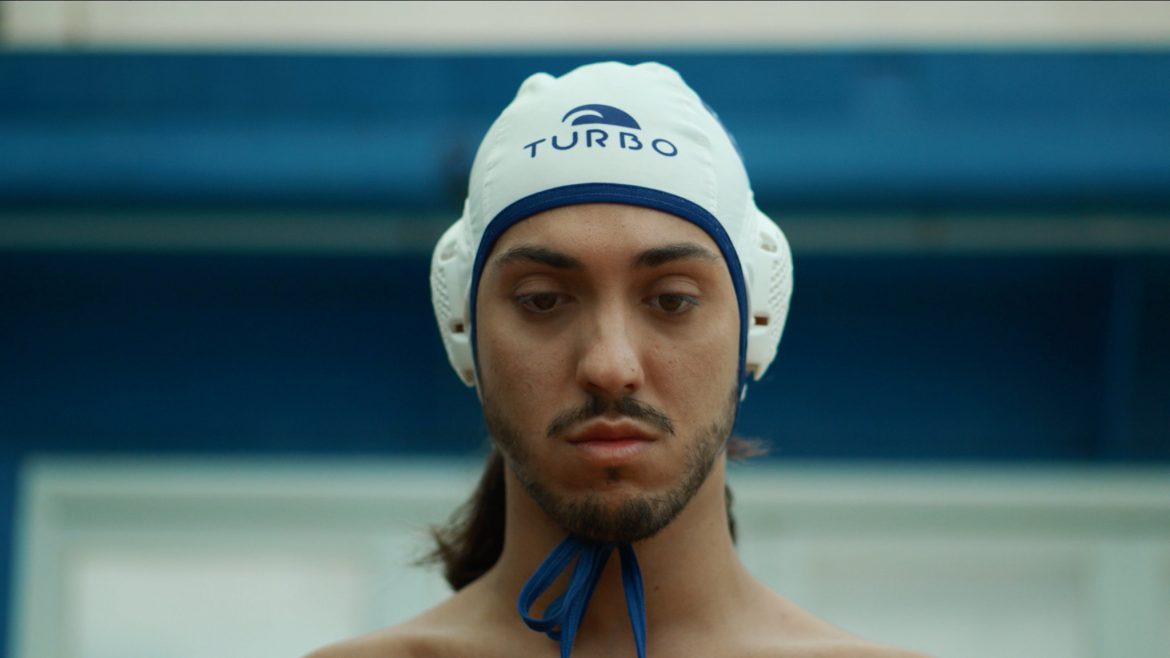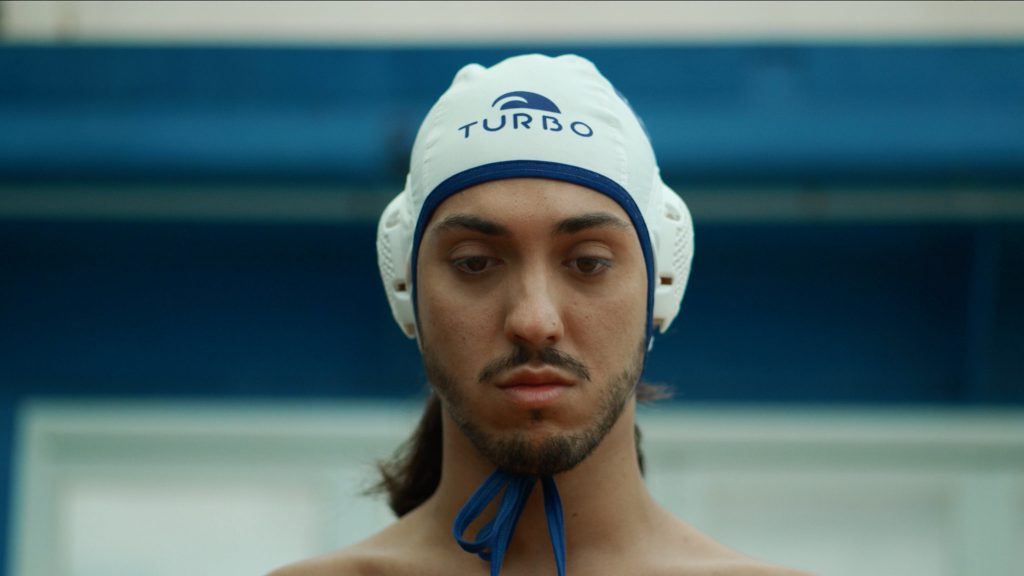
Chlorine, Shirampari: Legacies of the River, The Good Father, Circe, Life in a Second, Everyone Talks About Javier and Visioned make up an attractive and hypnotic section for the audience, which moves between historical memory, drama, fable, fantasy, suspense, documentary and black comedy
The filmmakers Pablo Borges Díaz-Llanos, Lucía Florez, Jorge Cañada Escorihuela, María Abenia, Pablo Fajardo Juan, Fátima Luzardo and Manuel Román Sierra are the authors of the works in competition.
The shorts films will be screened together in a singlesession on April 15 and 23
Las Palmas de Gran Canaria, Friday, April 14, 2023.- Water, love and death. In one way or another, the seven titles that make up the short film section of Canarias Cinema connect with one or more of these concepts as the central point in their works. The seven competing filmmakers, without exception, deal with singular narratives and environments in an exercise of true cinema that, as a whole, draw a heterogeneous, attractive and even hypnotic proposal for the audience. All covering a spectrum that includes historical memory, drama, fable, fantasy, suspense, documentary or black comedy.
Pablo Borges Díaz-Llanos, Lucía Florez, Jorge Cañada Escorihuela, María Abenia, Pablo Fajardo Juan, Fátima Luzardo and Manuel Román Sierra are the authors of the selected pieces: most of them are premiering at the Las Palmas de Gran Canaria event, which in this section offers a fully fresh proposal that intends to capture new contemporary approaches on the screen. The short filmswill be screened together in a single session on April 15, and another one on April 23.
Chlorine | Pablo Borges Díaz-Llanos
Pablo Borges debuts in professional distribution with Chlorine: a story of forbidden love in the specific context of water polo. “The idea of the short film was always to talk about a relationship in a forbidden environment, where it was not allowed. Especially in sports, where masculinity prevails, in the sense that I’m the strongest or I have to be the first,” explains the director.
Borges dismissed the initial idea of setting his passionate story in football, between two players from the same team, “because it was probably well-worn. Water polo had a more sensual component, the water that flows around the bodies. We wanted to capture other aspects of that masculinity.“
The filmmaker is “fully aware of the impact of the images,” which portray the main characters’ mutual attraction. “We had a bit of responsibility when doing this, because there are some people who might identify with it. By pure statistics there have to be cases like this in sports, no doubt about it. But they are situations that are not talked about.”
Borges co-wrote Chlorine’s screenplay with Samuel Labrador. “Thus,” he explains, “I also had my head more focused on the editing. We wanted to create a roller coaster for the viewer to get on at the beginning and then we would take him to the end, with a lot of rhythm, until the final pause.“
The director reaffirms his piece’s objective when commenting how “we wanted to have a latent subtext: ok, this is a problem that is happening. But we didn’t intend a short film that would champion anything. What interested us, our focus, was the forbidden love story between two water polo players. For the main character, the sport had no other meaning beyond being with the boy. It wasn’t the same without him.“
Borges admits feeling “pride” and “an enormous illusion” for the selection of his work in the festival, “because it is the most important of the islands, and it also has a pedagogical function among all the filmmakers of the Archipelago. It opens the doors to content that we would otherwise not be able to access, too. And it gives us that little push so that we can tell our stories. If this were not the case, in a region like the Canary Islands, which for a long time has been orphaned of these projects, it would be a bad thing, wouldn’t it?“
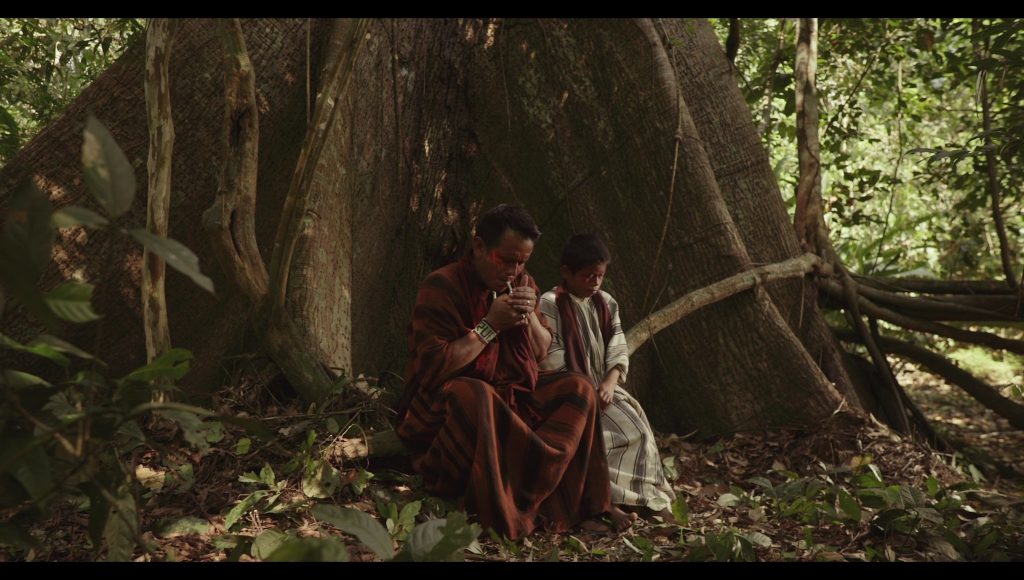
Shirampari, Legacies of the River | Lucía Florez
Made by Peruvian Lucía Florez, Shirampari: Legacies of the River is a documentary set in the deep Amazon that tells the story of how a father teaches his son to fish for catfish. A giant fish around which a whole tradition revolves in the Ashéninka community. The piece documents the indigenous culture in an authentic way and in full contact with the protagonists. It will be representedat the festival by its creative producer, Chemi Pérez, who also participated in the three–week shooting in the jungle.
“It was wonderful to shoot with these people, and quite simple,” says Perez. “They were super excited from the beginning and have made the project their own.” The pre-production was based on Zoom calls, previous contacts with park rangers and people involved in the NGOs working in the area and the local civil society itself. In addition, Pérez emphasizes, “when we got there we had a very good logistics crew“, and the support of National Geographic, “which helps a lot.“
Shirampari shows the reality of the indigenous community from very close up, with the camera almost attached to the cast, even in the catfish fishing scenes. However, the intense filming does not diminish at all the naturalness of the images. “I don’t know if it’s because of the lack of exposure to the digital image, or because they had it internalized, but the truth is that we were very surprised by their naturalness. It was a very participative shooting. They also guided us on how we had to shoot to get as close to reality as possible,” explains the producer. Everything with quite a well-made color, too, “recorded at special times of the day to look for just that.“
Pérez, also a diver who actively participated in the filming in the river, says that the short film, in addition to becoming a way of preserving local tradition, “was also a way of showing how they already live in a global world. What comes out in the film about their own culture is shown naturally. We didn’t want to mythologize their reality.” That global culture is reflected in the clothing of the main characters (often branded sportswear) or their use of smartphones. “If this community has cell phones or modern clothes, it would be a bit foolish to portray them as living in the past,” he adds.
The producer stresses the experience of its director, Lucía Florez, and her cinematographer, Diego Pérez, “who have been shooting with indigenous communities for years. They don’t seek to capture more mystified or contrived moments; they manage to get very close to the people,” he notes. Diego Pérez, precisely, was the initial driving force behind the idea, when, while working for the Peruvian Society of Environmental Law, he saw someone coming out of the river with the giant fish, “and was amazed by it.”
The producer of the short film recalls that “the experience itself was tremendous. It is very expensive to get to a place like this. It was complicated, but thanks to the attitude of the people who were there, working was a delight.” Now he is presenting their results at a festival he is attending for the first time. “The truth is that we were really looking forward to it,” he says.
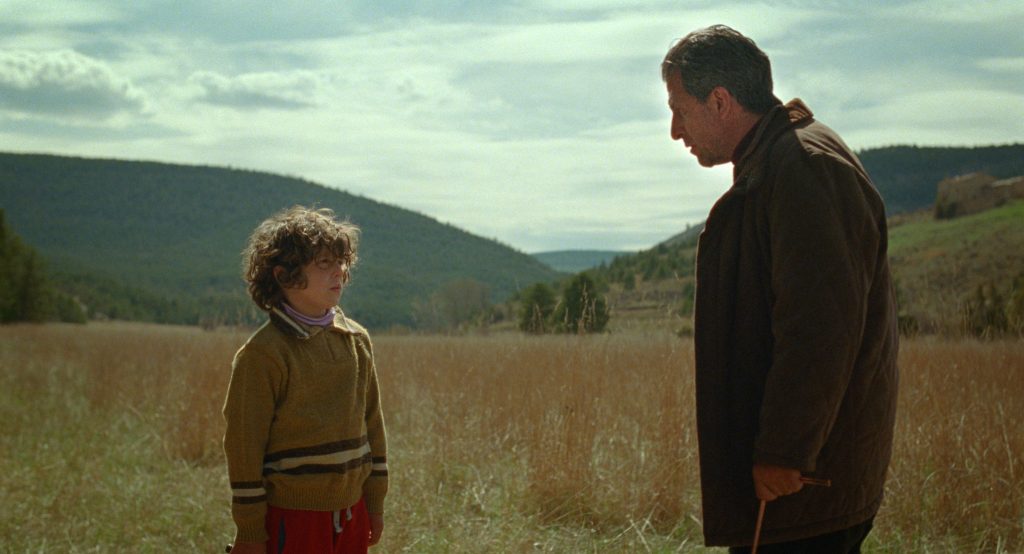
The Good Father | Jorge Cañada Escorihuela
After obtaining this year’s Silver Biznaga for Best Director in the short film section of the Malaga Film Festival, the Aragonese Jorge Cañada Escorihuela has come to compete in Canarias Cinema with his short film The Good Father, a solid fantastic piece. And even though the filmmaker himself initially found the task of making a short film “very complicated.“
The good father endorses his dedication. “There was no time to introduce the characters. We do it very soon. And we establish that symbolic plot. It’s a very cinematic short, I think,” Cañada explains. “It’s a very atmospheric piece, that you either enter or you don’t: but if you enter you go continuously forward. Until the end, where it flows ideally.”
The short film was shot in the director’s hometown, in Teruel. A rural environment, in which we encounter the pressure that must be faced by a water prospector still grieving for the loss of his little girl. The young son becomes the perfect counterpoint to a hypnotic story, with images of great force for the audience. “I had the advantage of knowing the locations very well. There’s a choreography between the camera and the natural elements. And the movements of the camera are not trivial,” says the director, who seemed to face the shooting with the cards marked from his own script.
The casting has also been one of the strengths that stands out in the short film, with David Lorente as the main character, along with the young Leo Céspedes. “It was difficult to find such a natural kid, who doesn’t take you out of the story,” admits Cañada. “The boy is actually like that, and has a lot of potential.” Something he demonstrates in the film, also thanks to the work of coach Manuel Martínez.
The Good Father, in addition to Malaga, is currently being shown at festivals in Valencia, Bilbao, Valladolid, Manchester and even India. Cañada Escorihuela had previously made two other short films: Los caballos salvajes, “which was more of an experiment”, and Snowball, with Francisco Reyes. The Good Father is produced by Canarian Omar Razzak (Tourmalet Films).
Although his background in film goes much further: he has collaborated with Ari Aster in the shooting of Beau is Afraid (starring Joaquin Phoenix and to be released this April), and has worked as VFX Supervisor (visual effects supervisor) in series such as The Crown, The OA, The Virtues, Mars or Electric Dreams, among others. “Now I’m really getting into directing,” says a filmmaker who is “a big fan of Japanese anime” and who seeks in his first shortfilms to delve into directing actors. Regarding the Gran–Canarian capital’s festival, where he now lands, he already knows that it has “a very special profile, where you discover things that later on wind up having a very rich journey. It’s an international festival, and I’m looking forward to enjoying it,” he points out.
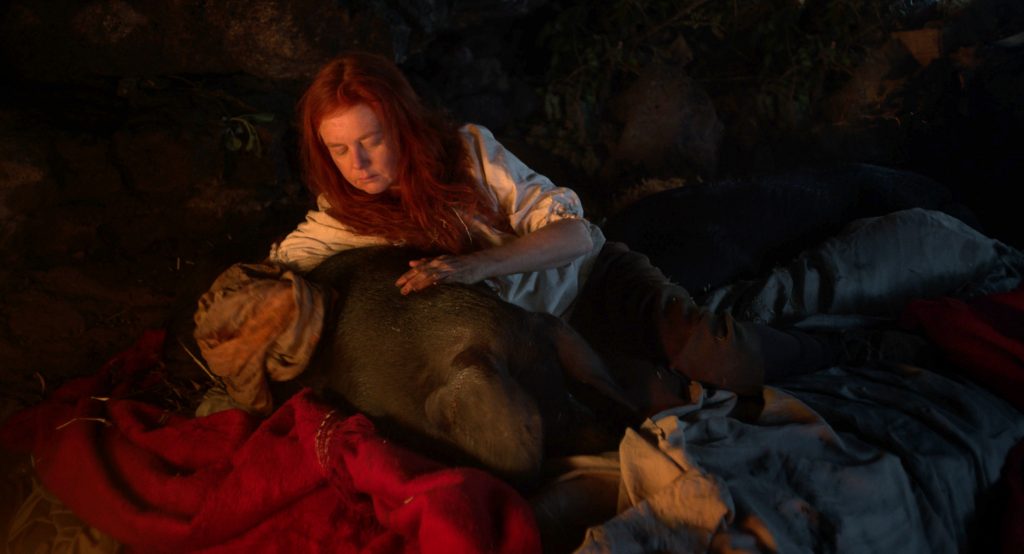
Circe | María Abenia
Greek mythology transferred to the modern age in scenarios such as Buenavista del Norte, on the coast, and in various parts of the Teno Massif and in the Cave of Tamara, in Guía de Isora (Tenerife). This is the basis on which María Abenia builds her first piece. “Daring, more typical of the seventies and eighties,” in the words of the filmmaker herself, an unconditional follower of Italian neorealism and authors such as Pasolini and Rosellini.
Abenia places the sorceress Circe in a current rural setting, in a type of story “with which I wanted to dare,” she admits, “as a teacher I have worked a lot with the story. And when I moved on to film I tried to explore that other dark side.” Thus, based on the classic text of The Odyssey, new premises put forward by authors such as Samuel Butler (who in his essay argues that the Homeric text actually belongs to a woman) and the role of women who in the classic imaginary “skipped monogamy and were free,“ the filmmaker, also a photographer for many years, has created on screen a fable that “dialogues with the present time.“
A tale in which choruses in the style of classical theatershine, sung by a non-professional cast, and in which a young butcher comes into conflict with the sorceress. Characters that dispute the canon. He is young and fragile, far from the hero archetype. Circe is a mature woman, worn out by life. The short film also stands out due to Mauro Herce’s cinematography, whom the director thanks for his support (“a very special friend: and for me he is one of the most relevant filmmakers on the Spanish scene”), as well as the producer, David Baute, and the editor, Manuel Muñoz Rivas.
With these solid supporters, Abenia faced a shooting with non-professional actors, “neighbors and friends of mine,” and even with the participation of black canary pigs that the director herself has been taming since they were pups. “Actually,” she points out, “the shooting was an odyssey in itself: it was completely Homeric.”
The director also highlights the figure of Fabiola Socas, “a singer from the islands, who helped me a lot in terms of acoustics. She has no vision, but she has a great ear and is the architect of the final lyrics in the short film: a tajaraste herreño, which has its origin in women’s songs, which I used to express what I wanted to tell in the film. That gives a dreamy tone, and even a little moral, to the fable.”
Circe has just received a distribution award from Canarias en Corto and the Canarian Government. It has already been shown at the Gijón Film Festival and now it lands at the Las Palmas de Gran Canaria event. A festival that for the author “is a reference. We follow it, we love it and we have known it for many years. In 2022 I was already in MECAS with a feature film project. Now I’m very excited: it’s a baptism with Circe, which has a difficult length, 29 minutes, between the short and the feature film, and it’s not easy to move this kind of pieces. Festivals like this one are indispensable to be able to share them.“
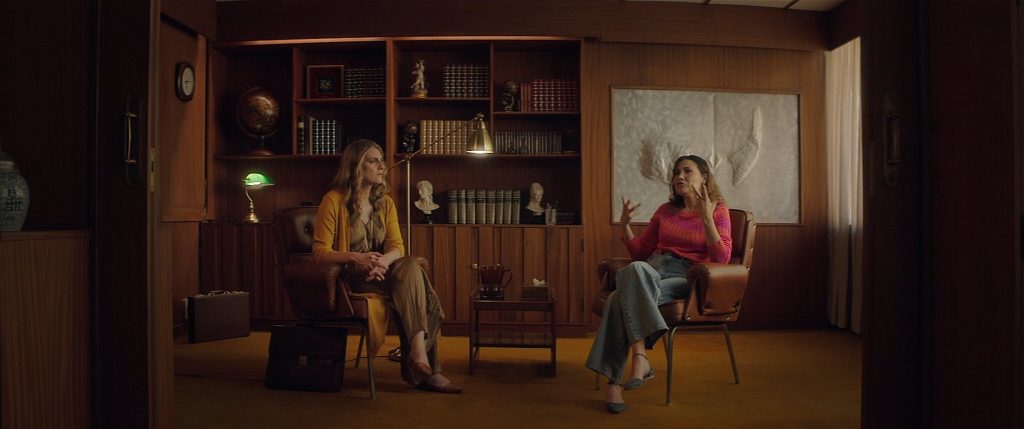
Life in a Second | Pablo Fajardo Juan
Screenwriter with a long career, playwright, creative copy: Pablo Fajardo Juan gives himself some breaks from his work in television and advertising to extend his production as a film director (most of the time, short films). His are pieces like No son los patos (2014), Casita (2015) or 300 todo incluido (2018), as well as his participation in overtwenty international festivals. Now he’s made Life in a Second, produced by PapayaNaranja: an unusual confrontation between psychologist and patient, which is built as an effective black comedy.
Sigrid Ojel and Iñaki Miramón star in this session between doctor and patient, which runs between the parentheses granted to the main story by the dialogue (also therapeutic) between the protagonist and Lili Quintana and a tense relationship with an unpleasant neighbor. Fajardo defines as a “satisfaction” to participate with this piece in Canarias Cinema, “because it is a comedy, and it is very difficult to be selected with this type of proposal.“
“Cinema allows you, apart from getting together with verylikable people, to experiment and face a challenge, trying new languages and new ways of doing things,” says Fajardo about his own concerns as a filmmaker. “And in the end there is the enigma of whether the final workmeets your expectations.”
In the case of Life in a Second, “we first submitted the project,“ he continues, “to the production aids given by the Canarian Government to short films, we got it and we began working on it. The short film has the particularity that it is the adaptation of a story I wrote some time ago for ‘Nuevas Escrituras Canarias’. It was in the book, Al fondo hay ruidos, which won an award. I made some changes and the result is there.“
The challenge faced by the director in this case “was to look for different solutions so that it would have a quickpace, being a story with characters in a room. The editing structure, going from one place to another, was already in the script. As for the casting, we had Sigrid in mind from the beginning. The roles of Lili and Cristóbal came up in pre-production. I have a good relationship with Iñaki, I write in a tv series he’s in. I approached him about it, and he really wanted to do it. It works very well. It surprises you.”
Omar Caballero (Cinematography) and Cristóbal Tabares (Art) “are responsible for the colors and textures of the piece,” explains Fajardo. “We played with symmetries and the fields assigned to the characters. And also with the axis changes, to emphasize the change of roles that takes place in the scene.“
In addition to his experience with short films, the Canarian filmmaker has directed the feature film El huido (2018). In television he has worked as a screenwriter for series and programs such as Los hombres de Paco, Fuera de juego, Palomitas, Vaya tropa, Malditos vecinos or Aquí no se fía, among other titles. About the festival in the Gran–Canarian capital, he says that “I’m really looking forward to going. Apart from the year in which I was selected (in 2018, with 300 all inclusive), I lived for five years in Gran Canaria and whenever I could I went as a spectator. The festival allows you to discover many more independent films, and then there’s what everyone says: you run into many people from the film world that you haven’t seen for a long time.” He also points out that the Las Palmas de Gran Canaria Film Festival “was the first one we submitted the short film to.“
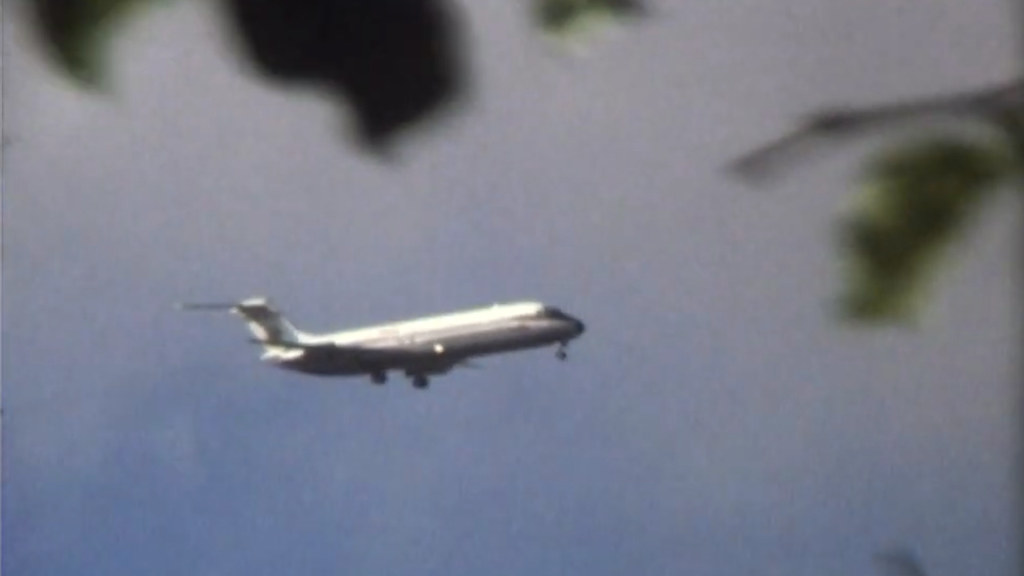
Everyone Talks About Javier | Fátima Luzardo
The impact of Javier Fernández Quedada’s assassinationin 1977, at the gates of the University of La Laguna, when he was shot by the Civil Guard, is depicted in Fátima Luzardo’s letters to her father while she was studying at the University of La Laguna. “Those were times when young people wanted change and fought for it. I was beginning to see how things were revealing themselves to me,” says by way of synopsis the filmmaker who, in Everyone Talks About Javier, deals with one of the most tragic episodes in the recent history of the Canary Islands.
“The short film,” says the director, “is really about the vision that a 17-year-old girl had when she was at the University, which was me. My father, who was in the military, went to the Basque Country because they paid more and could cover all the expenses of my studies. That summer I was in San Sebastian and I discovered what ETA was. And then, when I went to university that same year, I discovered what happened with Javier, and what was happening in the country.“
Everyone Talks About Javier won the Audience Award at Visionaria. When the contest launched its call for entries, it did so under the slogan “Have we changed?”, and what came to Luzardo’s mind “was Javier’s image, because of the impact it had on me at the time. I wanted to talk about the socio-political context, within my personaland family relationship with my father, with whom I wrote a lot. We loved each other very much. And we wrote to each other even before he was stationed away.”
For the editing, Luzardo used archive images of the Faculty of Biological Sciences of La Laguna, where Javier studied. Also pictures of La Laguna, of Javier, of the event of his death, “with the intention of expressing something that had shocked me for years, and that still shocks me. Knowing that many people today still don’t know what happened. And young people, even less so. And I believe that you have to know things so that they don’t happen again.“
The filmmaker points out that “I didn’t stop so much on the research. There is already a very good book on the subject, La bala que cayó del cielo, by Rosa Burgos, in 2012, when summary secrecy was lifted. I was shockedwhen I read it, because there were important people from the University saying that Javier was on drugs, that maybe he jumped off the roof thinking he was flying. This outraged me. I had it there, as if it was encysted. It is also in the book how his family was pressured not to protest and how, in the end, nothing was really done. All this awakened an empathy in me; what had happened to him could have happened to me.“
With everything she had, she stresses, “in the end I preferred to tell everything from the point of view of a 17-year-old girl who sees how things happen before her and opens her mind to what was really happening.” This epistolary approach by Luzardo was born on the right foot. It has been screened in different forums in the Iberian Peninsula, and also obtained the Best Documentary Short Film Award at Fuerteventura’s contest Atlántica Documenta. Now it comes with an estimable endorsement to the Las Palmas de Gran Canaria Film Festival to integrate Canarias Cinema’s short film selection.
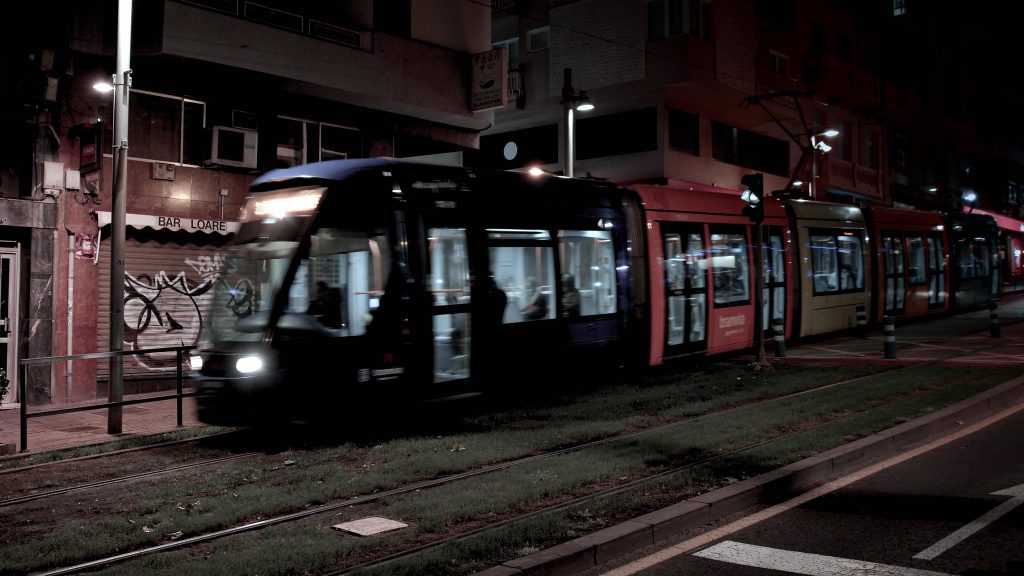
Visioned | Manuel Román Sierra
Visioned is a shocking short film, with a subjective look in a single shot, which ends up filling the viewer with uneasiness. A piece that reveals the power of editing to structure an attractive and hypnotic story in only four minutes of footage. Wordless, what happens is revealed on screen in a methodical way, under the direction of Manuel Román Sierra.
The filmmaker, born in Algeciras and based in Tenerife, points out how Blow-Up, by Antonioni, was “a reference” when conceiving Visioned, although in his piece the object of the narration is not a photo, but a video. The short film, which also evokes the universe of Coppola’s The Conversation, was born as a project during theconfinement, as Román Sierra reveals: “I had to go to Madrid to take care of my parents. I took some courses on archive footage and these things. And I came up with the idea of playing with the spectator about who is really the protagonist of the story. If it’s the one who sees it, or the one you’re watching. This breaking of the fourth wall interested me.”
Then, “Tenerife Noir came up, with that proposal they have of making a short film in a couple of days. We wanted to break the empathy with the spectator, with time. The editor is really the protagonist. And it is true that everything is very Martian: the explanation you can give to this is as broad as it is diffuse. Logically, everything is left open, because we couldn’t develop too much to give it a more rounded ending.”
And what is this unique shot on which Visioned is based? The passing of a streetcar, no more and no less. The result “is very premeditated,” says Román. Because in that brief moment things happen. “Normally there is an anxiety to tell a lot in a short film. And in the end you have to synthesize. We didn’t want to leave that single shot.” The “we” includes Eli Herrera, co-author of the original screenplay.
Román works regularly as an editor. “And anyone who knows about editing knows that there are very complex things there. It’s not an ordinary editing, we even used DJ tables. There is a year’s work behind the short film. And, of course, the editing also exists in the shot. We wanted to play with that in this piece, with a suitable composition. The zoom games also seemed very interesting to us. The final result is the product of a very long reflection that I was able to do during confinement.”
The director is making his debut at the Gran-Canarian competition, hence his “enormous desire to be at the festival. I’m very excited.” His Visioned will be screened alongside six other short films. “It is,” he defends, “the kind of narrative that I like and always have liked. I’m interested in breaking with the academic and the canonical. We have only respected the compositional rules of photography. The rest is all broken.”
CANARIAS CINEMA SHORT FILMS
“See of stories with local flavor and an undoubted omnipresence of water, each of them with their particular narrative, which makes up the Canarian short-film selection.” Luna Frax, 22FICLPGC programmer
SCREENINGS
DATE – TIME – SESSION – SCREEN
15 APRIL 12:00-13:35 JURY AND PUBLIC – CINESA EL MUELLE SCREEN 9
15 APRIL 17:00-19:05 Q&A WITH FILMMAKERS – CINESA EL MUELLE SCREEN 9
23 APRIL 12:00-13:35 LAST SCREENING – CINESA EL MUELLE SCREEN 8
Share this Post

